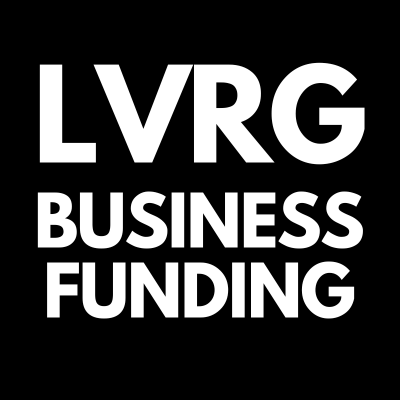Cash Flow Financing vs. Bank Loans: A Growing Trend
In recent years, cash flow financing has emerged as a favorable alternative to traditional bank loans for small businesses. This shift in preference can be attributed to several key factors.
Flexibility and Accessibility
Cash flow financing offers greater flexibility compared to bank loans. Small businesses often struggle to meet the stringent criteria set by traditional banks, such as high credit scores and substantial collateral. Cash flow financing, on the other hand, takes into account the ongoing revenue of the business, making it more accessible to a wider range of businesses.
Speed of Funding
In the fast-paced world of business, timing is crucial. Cash flow financing provides a quicker and more streamlined funding process compared to bank loans, which often involve extensive documentation and approval procedures. Small businesses in need of immediate funds find cash flow financing more appealing due to its ability to provide rapid access to capital.
Reduced Risk and Collateral Requirements
Cash flow financing typically involves less risk for small businesses. Unlike bank loans, which frequently require significant collateral, cash flow financing is often backed by the future revenue of the business. This reduced emphasis on collateral makes it a more feasible option for businesses with limited assets.
Tailored Repayment Structures
One of the standout features of cash flow financing is the ability to customize repayment structures based on the business's cash flow patterns. This tailored approach aligns the repayment schedule with the business's revenue stream, easing the financial burden and mitigating the risk of default.
Using an Injection of Cash to Grow a Small Business
Injecting cash into a small business can be a significant catalyst for growth and expansion. Here are several ways in which an influx of capital can be strategically utilized to foster the development of a small business:
1. Expansion of Product Line or Service Offering
With additional funds, a small business can invest in research and development to diversify its product line or enhance its service offerings. This can help attract new customers and retain existing ones, thus driving revenue growth.
2. Marketing and Advertising
Increased financial resources can be allocated to marketing and advertising efforts. This can include digital marketing, social media campaigns, or traditional advertising to increase brand visibility and attract a larger customer base.
3. Operational Improvements
Cash infusion can enable a small business to upgrade its operational infrastructure, such as implementing new technologies and systems to streamline processes, improve efficiency, and enhance overall productivity.
4. Hiring and Workforce Development
A business can utilize the additional capital to hire new employees, invest in training and development programs for existing staff, and improve overall workforce capabilities to meet growing demands.
5. Inventory and Stock Management
For businesses involved in manufacturing or retail, injecting cash can facilitate better inventory management, procurement of higher quality goods, and expanding stock to meet customer demand.
6. Expansion into New Markets
A cash influx can support the expansion of the business into new geographical areas or international markets, providing opportunities for increased sales and market share.
7. Technology and Infrastructure Upgrades
Investing in upgraded technology and infrastructure can improve the overall efficiency and customer experience, leading to enhanced competitiveness and growth.
8. Acquisitions and Partnerships
With increased financial resources, a business can consider strategic acquisitions or partnerships to expand its market presence or diversify its offerings.
9. Working Capital and Cash Flow Management
A cash injection can help alleviate cash flow challenges, enable smoother operations, and provide the ability to take advantage of favorable business opportunities.
10. Debt Repayment and Credit Rating Improvement
Using cash to pay off existing debts or improve credit ratings can position the business more favorably in the eyes of lenders and investors for future financing needs.
An injection of cash can be a powerful tool for small businesses to accelerate growth, expand operations, and strengthen their competitive position in the market. It enables strategic investments and initiatives that can drive long-term success and sustainability for the business.
As always, it's crucial for businesses to carefully plan and prioritize the use of additional funds to maximize their impact on growth and to align with the broader strategic objectives of the company.
Conclusion
The growing popularity of cash flow financing over bank loans for small businesses can be attributed to its flexibility, accessibility, speed of funding, reduced risk, and tailored repayment structures. As small businesses continue to navigate economic challenges, the appeal of cash flow financing is expected to rise, providing a lifeline for entrepreneurs seeking alternative funding solutions.
Have questions? We’re the top small business cash flow loan lender in America! Call (855) 998-5874 or click below to get cash flow funding today.





